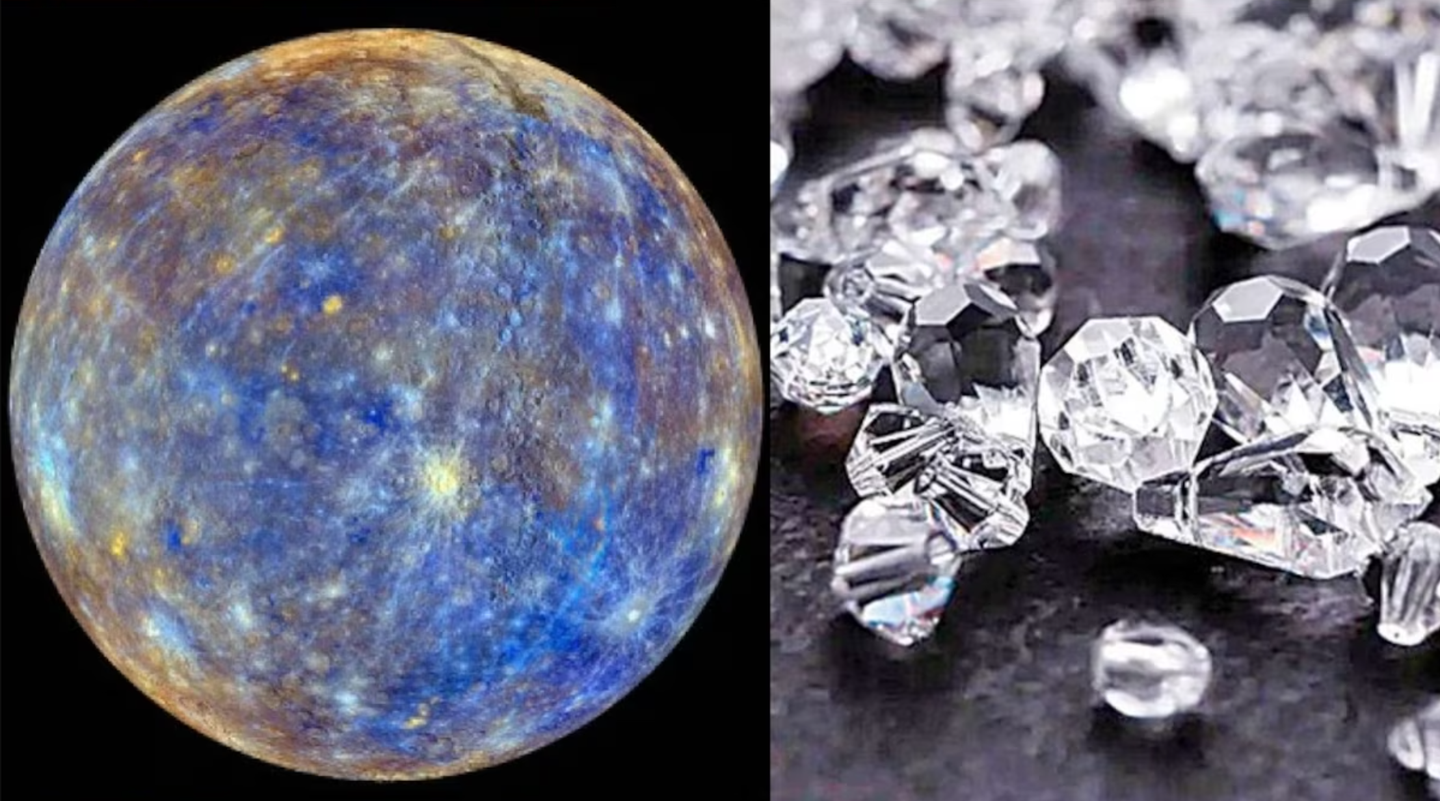8.7 million year-old fossil discovery reveals a very different story of human origins
The discovery not only throws light on a previously unknown chapter of the primate lineage but also challenges long-held beliefs on humanity

[Aug. 25, 2023: Staff Writer, The Brighter Side of News]
The team analyzed a well-preserved partial cranium of Anadoluvius, pictured. (CREDIT: Sevim-Erol, A., Begun, D.R., Sözer, Ç.S. et al.)
In a groundbreaking discovery that is poised to reshape our understanding of human evolution, scientists have uncovered an ancient ape fossil in Turkey, hailing from a staggering 8.7 million years ago. This discovery not only throws light on a previously unknown chapter of the primate lineage but also challenges long-held beliefs about the origins of humanity.
Nestled deep within the Çorakyerler vertebrate fossil bed near Çankırı, lay a relic from the past - the fossilized remains of an ape species christened as Anadoluvius turkae. According to researchers, this creature from the ancient world would have been comparable in size to a contemporary large male chimpanzee, tipping the scales between 110-132 lbs.
With these metrics in mind, it's evident that Anadoluvius wasn't just any average primate. Its natural habitat was likely a dry forest landscape, where it would have spent considerable hours grounded, rather than hopping from tree to tree.
The Diverse World of Ancient Mediterranean Apes
A comprehensive analysis by the research team reveals that the ancient Mediterranean realm was a melting pot of ape species diversity. Notably, it housed the first known radiation of "hominines." For the uninitiated, hominines is a subfamily that not only encapsulates the African apes such as bonobos, chimpanzees, and gorillas but also accommodates humans and our immediate ancestors.
Related Stories
The study, a commendable effort spearheaded by Professor David Begun, a biological anthropologist at the University of Toronto, and his esteemed colleagues, presents a narrative contrary to popular belief.
In a revelatory statement, Prof. Begun shared, "Our findings further suggest that hominines not only evolved in western and central Europe - but spent over five million years evolving there and spreading to the eastern Mediterranean before eventually dispersing into Africa."
Prof. Begun attributes this significant migration to fluctuating environmental conditions and the gradual reduction of forests. He adds, "The members of this radiation to which Anadoluvius belongs are currently only identified in Europe and Anatolia."
Long-held notions on human origins are being challenged thanks to a new species of ape. (CREDIT: Ayla Sevim Erol)
The game-changer in their research was the meticulous analysis of an impeccably preserved partial cranium of Anadoluvius, excavated from the Çorakyerler site in 2015. While not the inaugural fossil find of this ancient ape, this specimen is singular in its inclusion of a majority of the facial structure, combined with the anterior segment of the brain case.
Prof. Begun elucidated the significance of this find, stating, "The completeness of the fossil allowed us to do a broader and more detailed analysis." He continued, "The face is mostly complete, after applying mirror imaging. The new part is the forehead, with bone preserved to about the crown of the cranium. Previously described fossils do not have this much of the brain case."
Excavation of the Anadoluvius turkae fossil took place at the Çorakyerler fossil site in Türkiye in 2015 (CREDIT: David Begun/Google Earth)
To draw accurate conclusions, the team harnessed technology, feeding characteristics and attributes from the fossil into a specialized software. This program, crafted for discerning evolutionary relationships, was instrumental in helping them cement their groundbreaking findings.
The discovery of Anadoluvius turkae and its subsequent analysis might just be the catalyst that prompts a revision of our evolutionary textbooks. By challenging existing knowledge frameworks and propelling new discussions, it not only enriches the scientific community but also the world at large.
Çorakyerler is located in Çankırı province in Türkiye 's Central Anatolia Region (CREDIT: Ayla Sevim Erol)
“This new evidence supports the hypothesis that hominines originated in Europe and dispersed into Africa along with many other mammals between nine and seven million years ago, though it does not definitively prove it. For that, we need to find more fossils from Europe and Africa between eight and seven million years old to establish a definitive connection between the two groups,” said Begun.
With every unearthed fossil and every subsequent revelation, we are reminded that the story of our origins, much like evolution itself, is an ever-evolving tapestry, rich in its complexity and intrigue.
Keywords: Anadoluvius turkae, human origins, ancient ape fossil, Çorakyerler vertebrate fossil bed, Çankırı, Mediterranean apes, hominines, Professor David Begun, University of Toronto, evolutionary relationships, facial structure, brain case.
Note: Materials provided above by The Brighter Side of News. Content may be edited for style and length.
Like these kind of feel good stories? Get the Brighter Side of News' newsletter.



